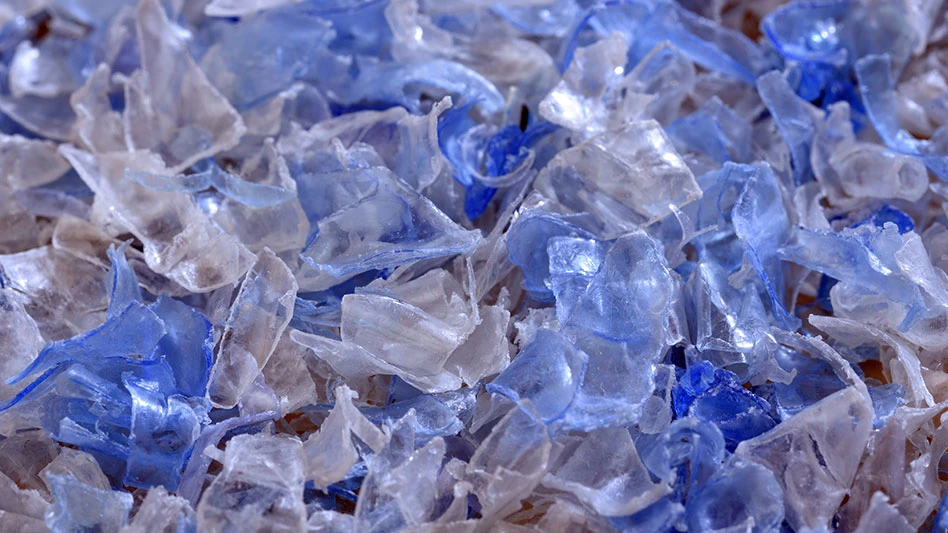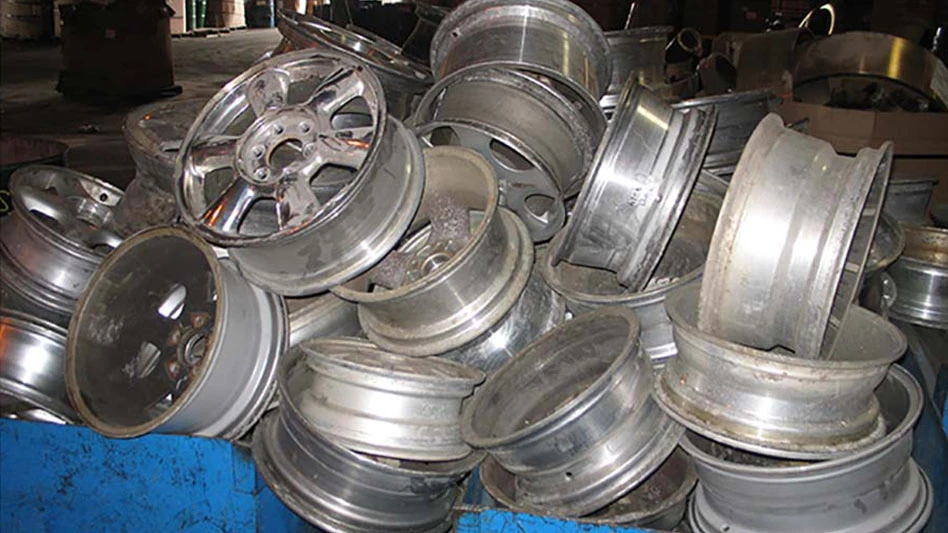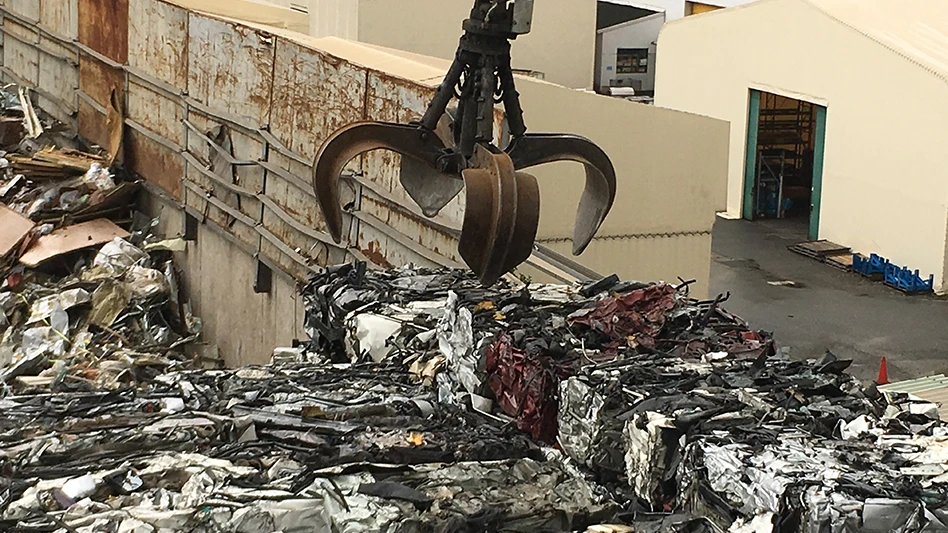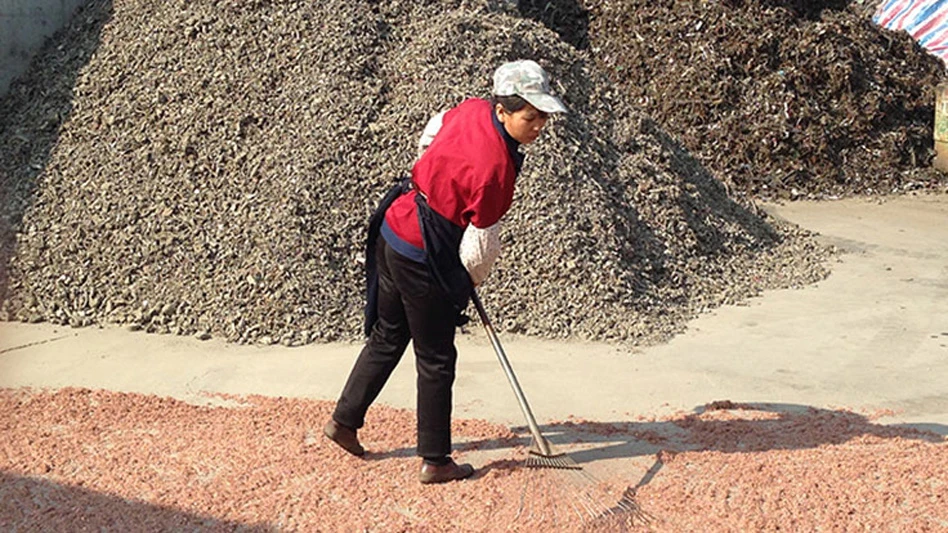
© Grigoriy - stock.adobe.com
Neste Oyj, an oil refining and marketing company headquartered in Espoo, Finland, has completed a life cycle assessment (LCA) on the environmental impacts of chemical recycling as incorporated into the plastics value chain. The study simulates Neste’s approach to chemical recycling, which combines waste plastic liquefaction (e.g., through pyrolysis) with refinery upgrading to produce drop-in feedstock for the production of new polymers.
“Most of the work on the study was conducted in the course of 2021 and 2022, and the study was eventually published in spring 2023,” says Maiju Helin, head of sustainability and regulatory transformation, renewable polymers and chemicals at Neste.
Helin says Neste’s internal LCA experts performed the research along with an external consultant. She says the study and its results were critically reviewed by an external panel of experts from VTT Technical Research Centre of Finland Ltd., Quantis and the University of Twente. Data from the study include public databases, Neste internal data as well as data from partners of Neste.
“The industry is at the verge of scaling up chemical recycling technologies,” Helin says. “When introducing new technologies, we believe that it is very important to make sure the solutions are indeed beneficial for climate and the environment. Against that background, we wanted to provide data on the environmental performance of our chemical recycling approach, also to contribute to the discussions going on about the technologies. We hope that this LCA helps the value chain but also regulators to get a better understanding of the benefits as well as the limitations of chemical recycling.
She continues, “The LCA makes it pretty clear that chemical recycling contributes to combating climate change on top of adding value to waste, but it also makes it clear that chemical recycling is not a silver bullet solving all waste plastic-related problems.”
The LCA’s findings
Neste’s LCA reports that greenhouse gas (GHG) emissions as well as virgin fossil resource use can be significantly reduced if chemical recycling is incorporated into plastics value chains to avoid incineration of plastic and replace fossil feedstock use with recycled feedstock in the production of polymers.
According to Neste, the LCA took on multiple approaches, including a scenario for chemical recycling as a crucial part of a circular economy for polymers, which introduces a new view to the discussion on the technology. The study provides insights into the environmental benefits that can be associated with chemical recycling and provides measurable data to quantify the technology’s positive impact. Approaches in the study include:
- a waste management perspective that considers chemical recycling an alternative to the incineration of plastic;
- a production perspective that considers chemical recycling an alternative for the production of virgin-fossil feedstock for new polymers; and
- a perspective looking at chemical recycling within a circular plastics economy.
The LCA covers two horizons—the near-term (2023) as well as the longer term (2030), taking into account background factors such as electricity mix or increasing capacities for chemical recycling. Regardless of the approach and horizon, the LCA results show reduced GHG emissions and a reduction in fossil resource depletion (i.e., in the use of fossil resources) in comparison with situations in which chemical recycling is not used as a solution.
For the waste management and production approaches, waste plastic assumed as input in the value chain is postconsumer waste, which is hard to recycle mechanically and may end up in incineration. The perspective looking at chemical recycling within a circular economy analyzes the whole life cycle of polypropylene (PP) and low-density polyethylene (LDPE) and considers these as input instead of foil and mixed plastics.
RELATED: Neste cites progress in chemical recycling
With the waste management approach in Neste’s study, chemical recycling proved to provide a reduction in GHG emissions of at least 50 percent in the near-term future and 60 percent by 2030. The study also demonstrates that fossil resource depletion is reduced by at least 75 percent and 140 percent, respectively, when the plastic is chemically recycled instead of incinerated.
With the production approach in the study, Neste’s research took into account several processing steps in addition to the steps in the waste management approach, including the collection and sortation of plastic as well as using the plastic derived petrochemical feedstock in a steam cracker and consecutive polymerization into PP. When compared with the production of virgin fossil naphtha and consecutive steam cracking and polymerization into PP, chemical recycling provides a reduction of about 60 percent in the near-term future and 110 percent by 2030 in GHG emissions. Additionally, fossil resource depletion is reduced by at least 30 percent and 40 percent, respectively, when PP is produced from chemically recycled plastic instead of virgin fossil naphtha.
When considering a chemical recycling in a fully circular plastics value chain, Neste analyzed just a forward-looking horizon given that a fully circular economy of plastics is a future model. With this model, chemical recycling provides a reduction in GHG emissions of about 35 percent while fossil resource depletion is reduced by 35 percent. This perspective includes the assumption that not all plastic is produced from chemically recycled feedstock. Due to various sorting and processing losses, about 55 percent of polymers are assumed to be produced from chemically recycled raw materials, while the remainder is produced from virgin feedstock based on fossil resources.
Opportunities for chemical recycling
According to Neste’s LCA, results show that although the recycling of plastic requires several processing steps, the technology provides an opportunity for reduction of GHG emissions and fossil resource use in plastics value chains and is well-suited to play a role as a complementary solution to conventional mechanical recycling of plastic.
“While the exact results for all these perspectives differed, they all showed a significant reduction in GHG emissions of chemical recycling versus the reference,” Helin says. “To pick out a single number there: the petrochemical feedstock for chemical recycling has a 39 percent lower carbon footprint than petrochemical feedstock from fossil resources with waste plastic incineration in a 2023 scenario. The reason behind incineration as the reference system for our LCA is that it is the predominant treatment for plastic waste in Europe.
“When it comes to a comparison with mechanical recycling, we don’t believe that this makes a lot of sense because we are not looking at replacing mechanical recycling but complementing it. Chemical and mechanical recycling use different waste streams as input and produce different products as output. It’s safe to say that mechanical recycling should always be the first choice for economical reasons. But when it can’t be used, chemical recycling can jump in, and our LCA shows that it can do so with a benefit for the environment.”
Latest from Recycling Today
- Disruption likely for material flows in mid-January
- Blue Whale Materials to expand Oklahoma lithium-ion battery recycling plant
- CARI names new president and CEO
- Interzero revamps leadership structure
- Altilium secures $5M investment from Marubeni
- DOE report provides recommendations to increase recycling, reuse of wind energy equipment
- Sonoco makes leadership changes
- ExxonMobil sues California AG, environmental groups for defamation





